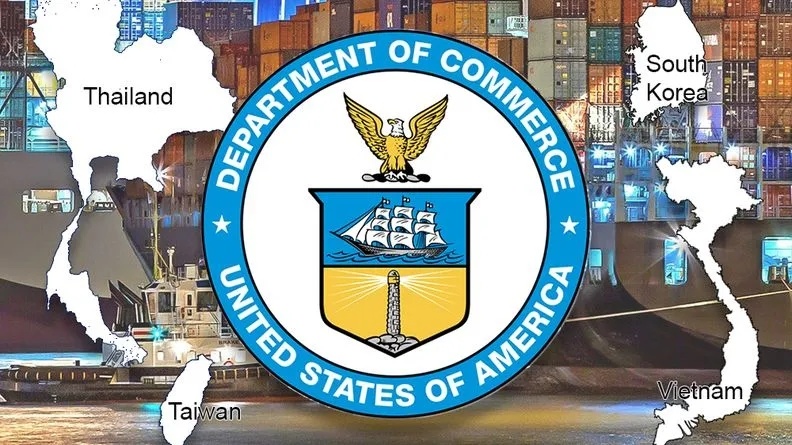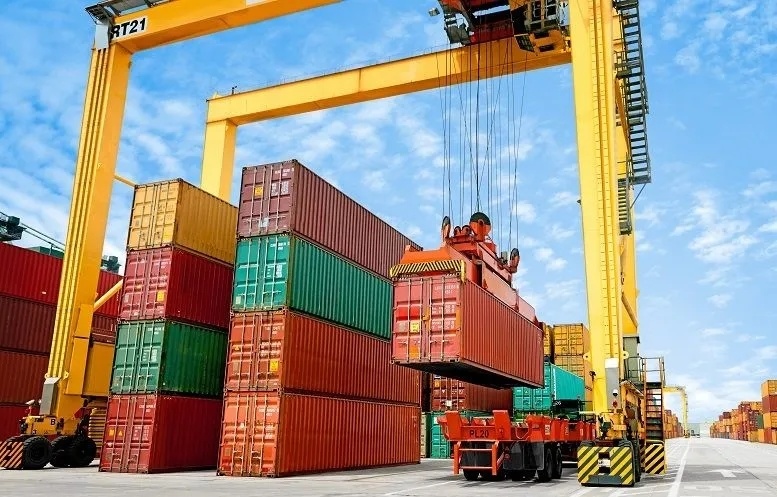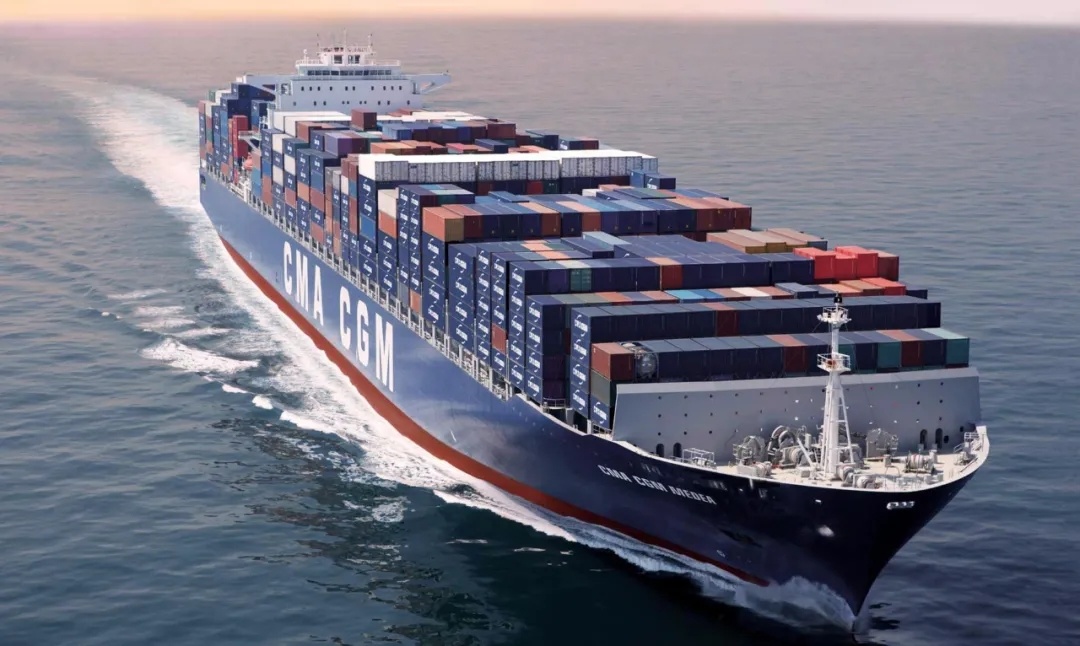The latest news, Southeast Asia "double anti" change, tax rate as high as 101.84 percent!
2021-05-25
The U.S. Department of Commerce has changed some tire tariff rates in four Southeast Asian regions.

Recently, the U.S. Department of Commerce (DOC) changed some tariff rates on truck and bus tires imported from South Korea, Taiwan, Thailand and Vietnam, ranging from 14.62 percent to as high as 101.84 percent.
The following are the final anti-dumping duty rates issued by the DOC on May 24:
1 South Korea:
Hankook Tire Technology Co., Ltd. 27.05%
Nexans Tire Corporation 14.72 percent
All other 21.74 percent
2 Taiwan, China:
Zhengxin Rubber Industry Co. Ltd. 20.04
Nangang Rubber Tire Co., Ltd. 101.84
All other 84.75 percent
3 Thailand:
Sumitomo Rubber (Thailand) Co. Ltd. 14.62
Linglong Tire (Thailand) Co., Ltd. 21.09
All other 17.08 percent
4 Vietnam:
Jiandai Rubber (Vietnam) Co., Ltd. 0%
Sailor (Vietnam) Limited 0%
Bridgestone Corporation 0%
Bridgestone Tire Manufacturing Vietnam Co., Ltd. 0%
Kumho Tire (Vietnam) Co., Ltd. 0%
Yokohama Rubber Co., Ltd. 0%
All other 22.30 percent
5 Vietnam countervailing rate:
Kumho Tire (Vietnam) Co., Ltd. 7.89
Sailun (Vietnam) Co., Ltd. 6.23%
All other 6.46 percent
Tyres from Vietnam will be subject to both anti-dumping and countervailing duties.
Note: The relevant departments in the United States conducted a separate survey of the tax rate in each region, and certain tire manufacturers were the main respondents to the survey and therefore obtained their own separate tax rates. If not listed, the tire manufacturer falls into the "all other" ratio category.
Main changes
This change makes minor adjustments and recalculations relative to the preliminary tariff rates issued on December 30, 2020:
In South Korea, Hankook's tax rate fell to 27.05 percent from 38.07 percent, while Nexen's rate rose slightly to 14.72 percent from 14.24 percent. The "other" ratio fell from 27.81 per cent to 21.74 per cent.

In Taiwan, the initial rate for Zhengxin Rubber, which was 52.42 percent, fell by more than half to 20.04 percent. Southport rates, on the other hand, rose from 98.44 per cent to 101.84 per cent. The "other" rate fell slightly from 88.82 per cent to 84.75 per cent.
In Thailand, Sumitomo Rubber's initial interest rate of 13.25 percent increased slightly to 14.62 percent, while Linglong Tire Co., Ltd. (LLIT)'s initial interest rate of 22.21 percent fell to 21.09 percent. Thailand's "all other" rate was 16.66 percent, rising slightly to 17.08 percent.

In Vietnam, the interest rate of the above-mentioned companies remained at 0%, while the other interest rates in Vietnam remained stable at 22.30.
At present, the International Trade Commission is studying the tires imported from these four regions and plans to vote on June 23 whether to support the case to end the investigation. The DOC will forward these final results to the ITC for consideration.
Exclusive Comments
Since the announcement of the preliminary tariff rate, the results have been better than expected for Chinese tire factories that have built factories overseas. Linglong Tire has once again dropped slightly to 21.09, which has a certain reduction in the profit margin for exporting US tires, but it is much less than the tariff in China. The racing wheel factory is directly taxed at zero, which can be said to have no effect.

In addition, this tariff adjustment has a greater impact on Taiwan's Zhengxin Rubber, and the tax rate has been reduced by more than half. For the largest tire company in Baodao, it is undoubtedly a good thing. The Nangang tire tax rate has been raised again to 101.84 percent, which can be said to be a fatal blow.
Finally, these four regions are the top seven U.S. tire imports. Due to the tariffs imposed on Chinese passenger car and light truck tires, these regions have always been one of the fastest-growing tire importers in the United States. In any case, this "double reverse" It will inhibit the export of tires from these four regions to the United States. It can be seen that some companies are seeking a new round of factory location and construction, which will have a profound impact on the export market.
Previous:
Related News


